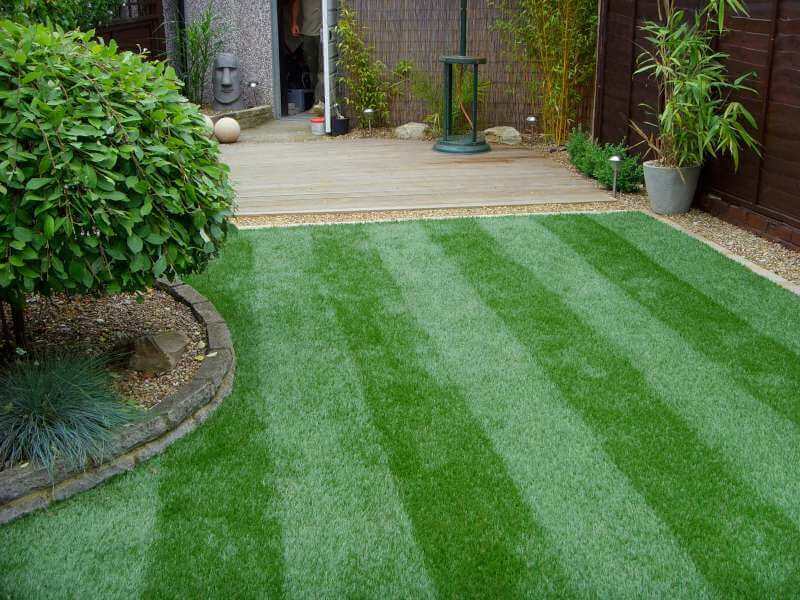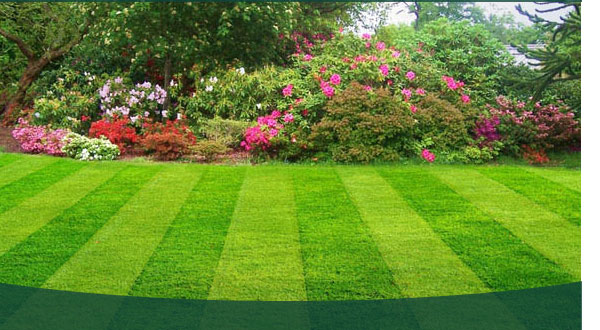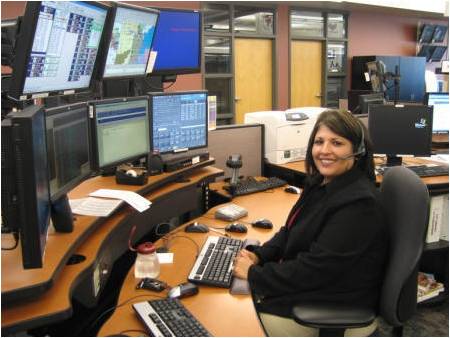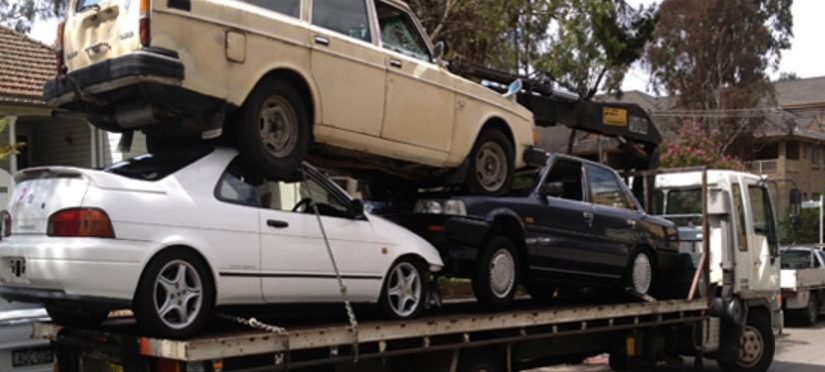What Preparations Are Needed Before Installing Artificial Grass in My Yard?
Before you install artificial grass, you need to prepare your yard properly. Start by evaluating soil quality and drainage to guarantee stability. Choose the right type of grass based on your yard’s sunlight exposure and intended use, especially if pets or kids will use it. Gather essential tools like a utility knife and compactor. Clear the installation area by removing existing grass and debris, and level the ground. Don’t forget to plan for proper drainage with solutions like perforated pipes. Each step’s critical for a successful installation, so stick around to discover more tips and tricks for a flawless setup.
Assess Your Yard Conditions
Before diving into the installation of artificial grass, you should carefully evaluate the conditions of your yard. Start by examining the soil quality; it needs to be stable and well-drained for a successful installation. If your soil is too compacted or sandy, it might require some preparation or amendments to guarantee proper drainage. For expert advice and assistance, you might consider consulting Gold Coast’s synthetic grass and landscape specialist.
Next, consider sunlight exposure. Different areas of your yard may receive varying amounts of sunlight throughout the day. It’s essential to identify these spots, as they can affect the longevity and appearance of your artificial grass.
Choose the Right Type of Grass
Now that you’ve assessed your yard conditions, it’s time to choose the right type of artificial grass that suits your needs and preferences.
Start by exploring various artificial grass types available in the market. If you have pets or kids, look for options designed for durability and easy maintenance, as they typically offer better turf performance.
For a more natural look, consider grasses with multiple shades of green and varying blade heights.
Think about the intended use of the area; some types excel in high-traffic zones, while others are better for decorative purposes.
Ultimately, selecting the right artificial grass will enhance your outdoor space and guarantee it meets your lifestyle requirements.

Gather Necessary Tools and Materials
You’ll need to gather essential tools and materials to guarantee a smooth installation of your artificial grass. Start by collecting a utility knife, measuring tape, and a rake. A compactor or roller is also important for ensuring a flat base.
Don’t forget the infill material, as it’s critical for stability and longevity. Depending on your chosen installation techniques, you might also need adhesive or seam tape for joining pieces.
Additionally, having a garden hose can help you visualize the layout. To maintain your new lawn, consider a broom for brushing and a leaf blower for cleaning.
Clear the Installation Area
Clearing the installation area is essential for ensuring a smooth and successful artificial grass setup. Start by using effective removal techniques to get rid of any existing grass, weeds, or debris. You can either dig up the old grass or apply a non-toxic herbicide to eliminate unwanted vegetation.
Once you’ve cleared the space, focus on soil preparation. Level the ground to create a uniform surface, filling in any low spots with soil or gravel. It’s vital to compact the soil to avoid future sinking or unevenness.
Plan for Proper Drainage
Ensuring proper drainage is essential for maintaining the longevity and appearance of your artificial grass installation.
You’ll want to assess your yard‘s current drainage conditions before starting. Look for low spots where water tends to collect and consider implementing drainage solutions, such as perforated pipes or French drains, to redirect excess water.
Proper water management is key; make sure your artificial grass installation has a slight slope to facilitate runoff. Additionally, consider using a porous base material that promotes drainage beneath the grass.
Consider Landscape Design Elements
When you’re planning to install artificial grass, it’s crucial to evaluate your existing landscape features.
Think about how these elements will integrate with your new lawn and what drainage solutions you might need.
This way, you can create a cohesive and functional outdoor space.
Evaluate Existing Landscape Features
Start by evaluating your current landscape features, as they’ll play an essential role in the overall design and functionality of your artificial grass installation.
Check the soil composition; it can affect how well your grass will lay and drain. If your soil is too compacted or has too much clay, you might need to amend it before installation.
Next, consider sunlight exposure. Observe how much sun your yard receives throughout the day. Some areas may be shaded by trees or structures, which can impact the type of artificial grass you choose.
Plan for Drainage Solutions
Proper drainage is essential for your artificial grass installation, as it helps prevent water pooling and maintains a healthy, lush appearance. You need to take into account various drainage systems to manage water runoff effectively.
Here are some key elements to plan for:
- Slope your yard: Guarantee a slight incline to direct water away from the grass.
- Install drainage pipes: Use perforated pipes to collect and disperse excess water.
- Add gravel layers: A gravel base beneath the grass allows for better drainage.
- Create drainage channels: Design trenches or swales to redirect water runoff efficiently.
Conclusion
Preparing for artificial grass installation is essential for a successful outcome.
By evaluating your yard conditions, choosing the right type of grass, and gathering the necessary tools, you set the stage for a smooth process.
Clearing the area and planning for proper drainage will help prevent future issues.
Finally, considering landscape design elements guarantees your new lawn blends seamlessly with your outdoor space.
With these steps, you’re well on your way to enjoying a beautiful, low-maintenance yard.



